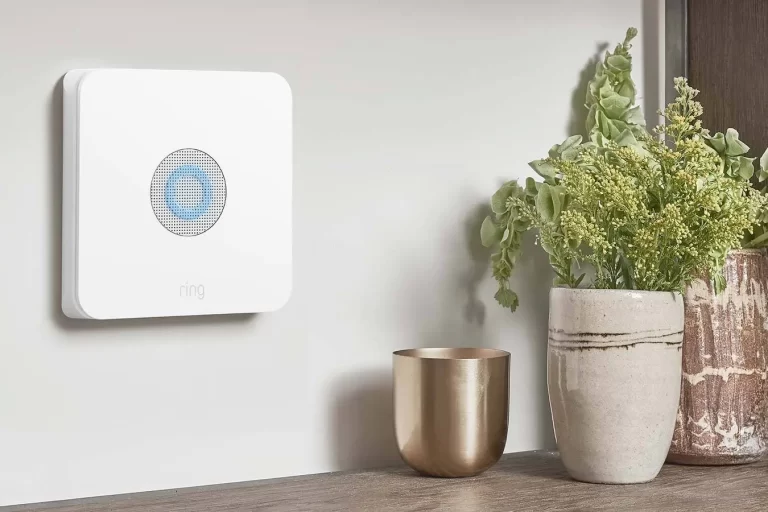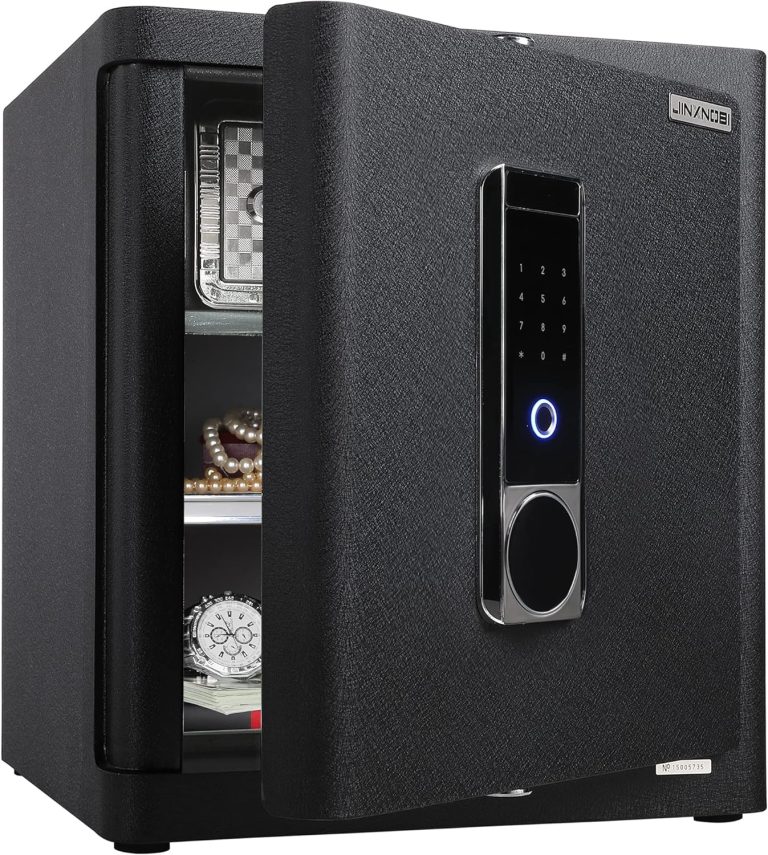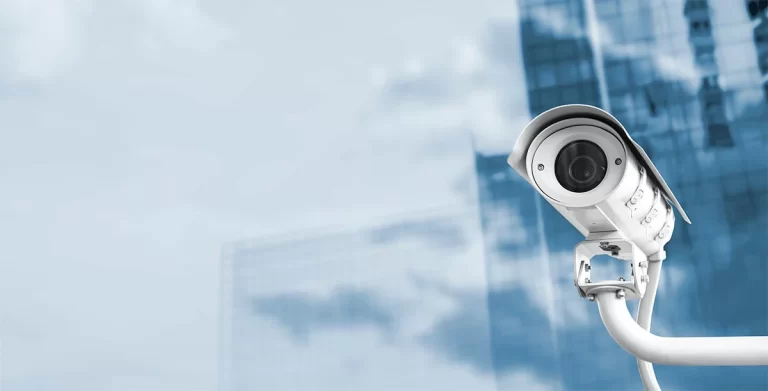Types of Motion Sensor Lights: Your Complete Guide
Research has shown that homes with motion sensor lighting experience a 39% reduction in crime. Whether you are looking to enhance the security of your outdoor spaces or automate lighting in your home, this article will provide you with all the information you need to choose the best type of motion sensor lights for your needs.
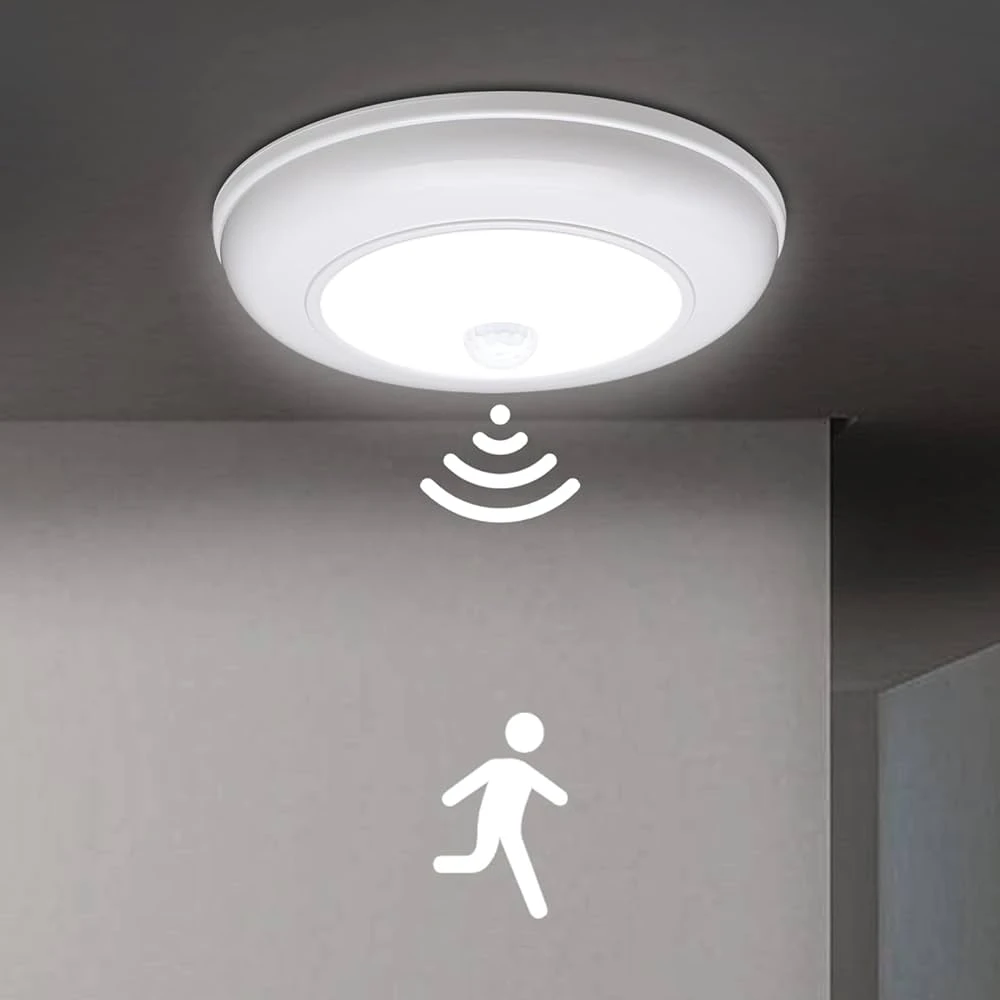
What is a Motion Sensor?
Motion sensor lights are lighting fixtures equipped with sensors that detect movement and automatically illuminate the area. These sensors can be based on different technologies, such as infrared, ultrasonic, or microwave.
When motion is detected within the sensor’s range, the lights turn on, providing visibility and enhancing safety.
Benefits of Motion Sensor Lights
Motion sensor lights offer several advantages. Firstly, they improve security by deterring potential intruders and alerting homeowners to any unusual activity.
Additionally, they provide convenience by automatically lighting up pathways, driveways, and entryways, eliminating the need to fumble for keys or light switches in the dark.
Motion sensor lights also contribute to energy efficiency since they only activate when needed, reducing unnecessary energy consumption.
Different Types of Motion Sensor Lights
There are two major types of motion sensors. Learn everything about them below:
1. Outdoor Motion Sensor Lights
Outdoor motion sensor lights are designed to enhance the security of your property. They are typically weatherproof and can withstand different outdoor conditions. Here are some common types of outdoor motion sensor lights:
a. Floodlights
These lights produce a broad beam of intense light, illuminating large outdoor areas. They are commonly used to light up driveways, gardens, and backyard spaces.
b. Wall-mounted Lights
These lights are installed on exterior walls and provide focused illumination for specific areas, such as doorways, porches, and garages.
c. Pathway Lights
Pathway lights are installed along walkways and garden paths, providing both safety and aesthetics. They guide people along a designated path while adding a decorative touch to the landscape.
2. Indoor Motion Sensor Lights
Indoor motion sensor lights offer convenience and energy savings inside the home.
They are particularly useful in areas where hands-free lighting is desired, such as hallways, closets, and bathrooms. Here are some common types of indoor motion sensor lights:
a. Ceiling-mounted Lights
These lights are installed on the ceiling and provide general illumination for larger indoor spaces. They can be useful in basements, laundry rooms, or garages.
b. Cabinet Lights
Cabinet lights are installed inside cabinets and turn on automatically when the cabinet doors are opened. They are ideal for kitchen cabinets, closets, or display cabinets.
c. Nightlights
Nightlights with motion sensors are perfect for bedrooms, nurseries, or hallways. They emit a soft glow when motion is detected, providing enough light to navigate safely in the dark.
Choosing the Right Motion Sensor Lights for Your Needs
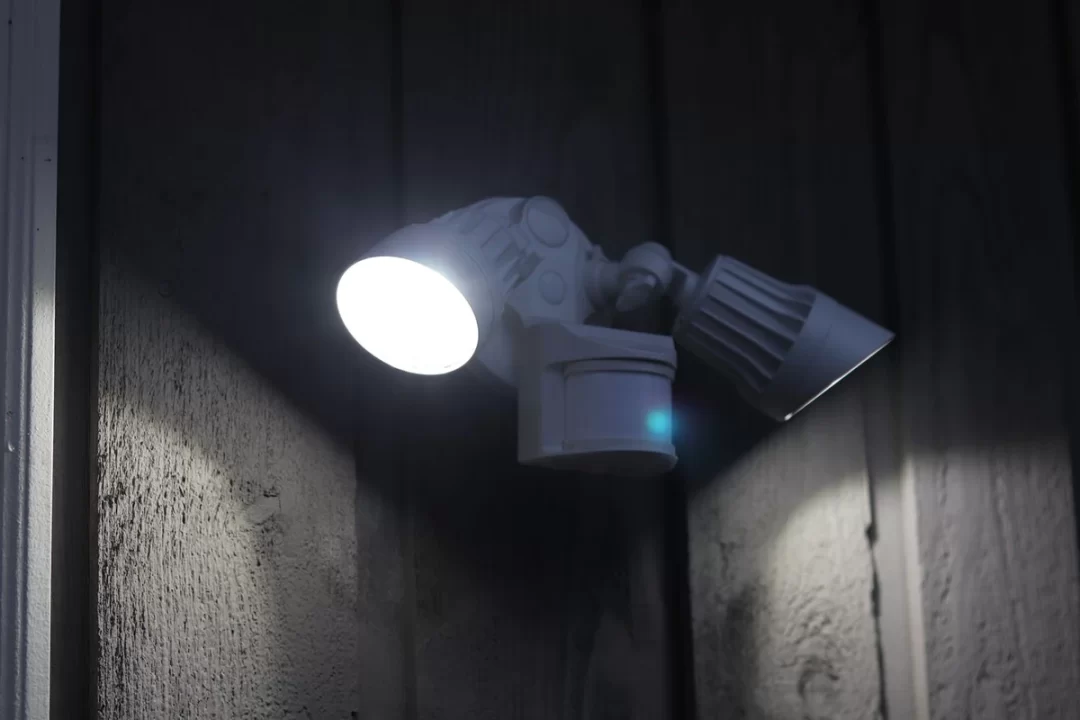
When selecting motion sensor lights, it’s important to consider factors such as the intended location, sensitivity range, and desired features. Here are some key points to keep in mind:
1. Determine the Purpose
Identify whether you need the lights for security, convenience, or both. This will help you choose the appropriate type and placement.
2. Sensor Range and Angle
Consider the range and angle of the sensors to ensure they cover the desired area effectively.
3. Adjustable Settings
Look for lights with adjustable settings, such as sensitivity and duration, to customize their operation according to your preferences.
4. Power Source
Decide whether you prefer hardwired or battery-operated lights, depending on the availability of power sources in the installation area.
5. Quality and Brand Reputation
Opt for lights from reputable brands known for their quality and reliability. Check customer reviews and ratings to make an informed decision.
Installation and Placement Tips

Proper installation and placement are crucial for maximizing the effectiveness of motion sensor lights. Follow these tips for a successful installation:
1. Read the Instructions: Carefully read and follow the manufacturer’s installation instructions to ensure the correct setup.
2. Height and Angle: Install the lights at an appropriate height and angle to achieve optimal coverage. Consider the sensor’s range and adjust accordingly.
3. Avoid Obstructions: Ensure that the sensors are not obstructed by any objects or vegetation that could trigger false detections or block the light’s path.
4. Test the Range: After installation, test the lights’ range by walking through the detection area to ensure they activate as expected.
Conclusion
With the information in this guide, you are well-equipped to make informed decisions and enjoy the advantages of motion sensor lights in your home or outdoor spaces.
READ ALSO!!!

